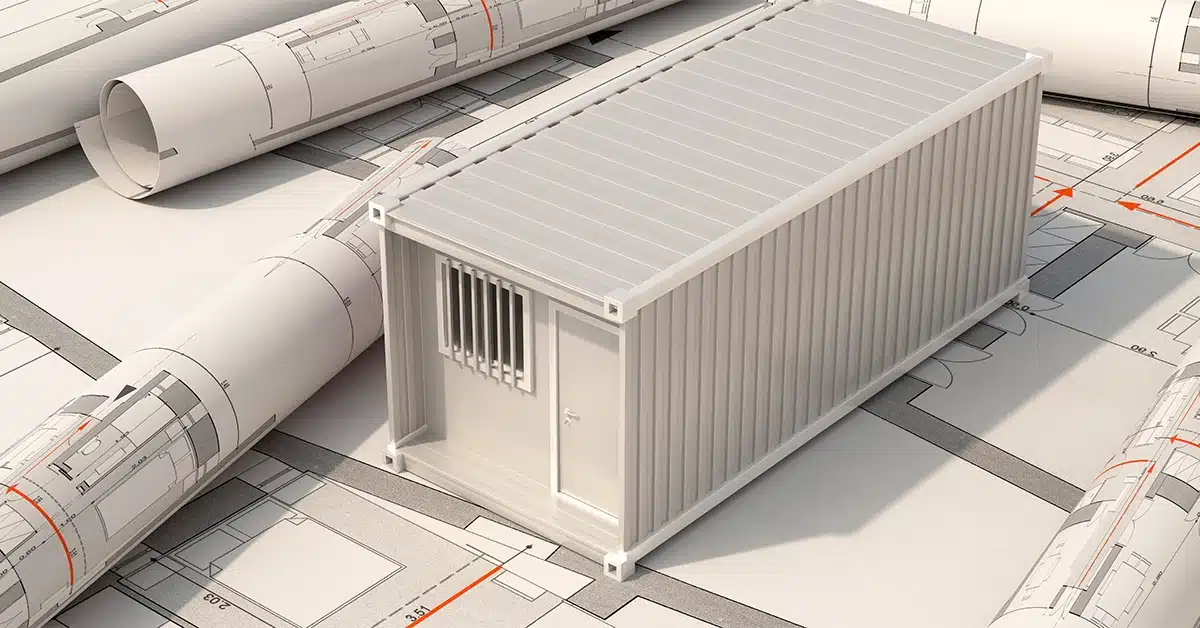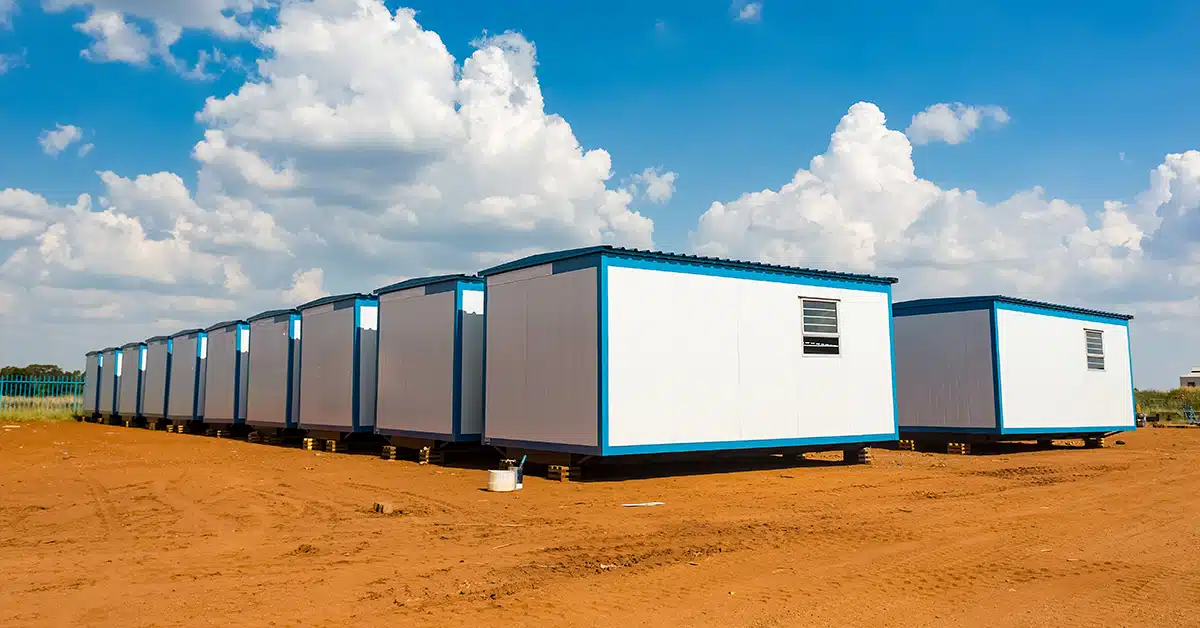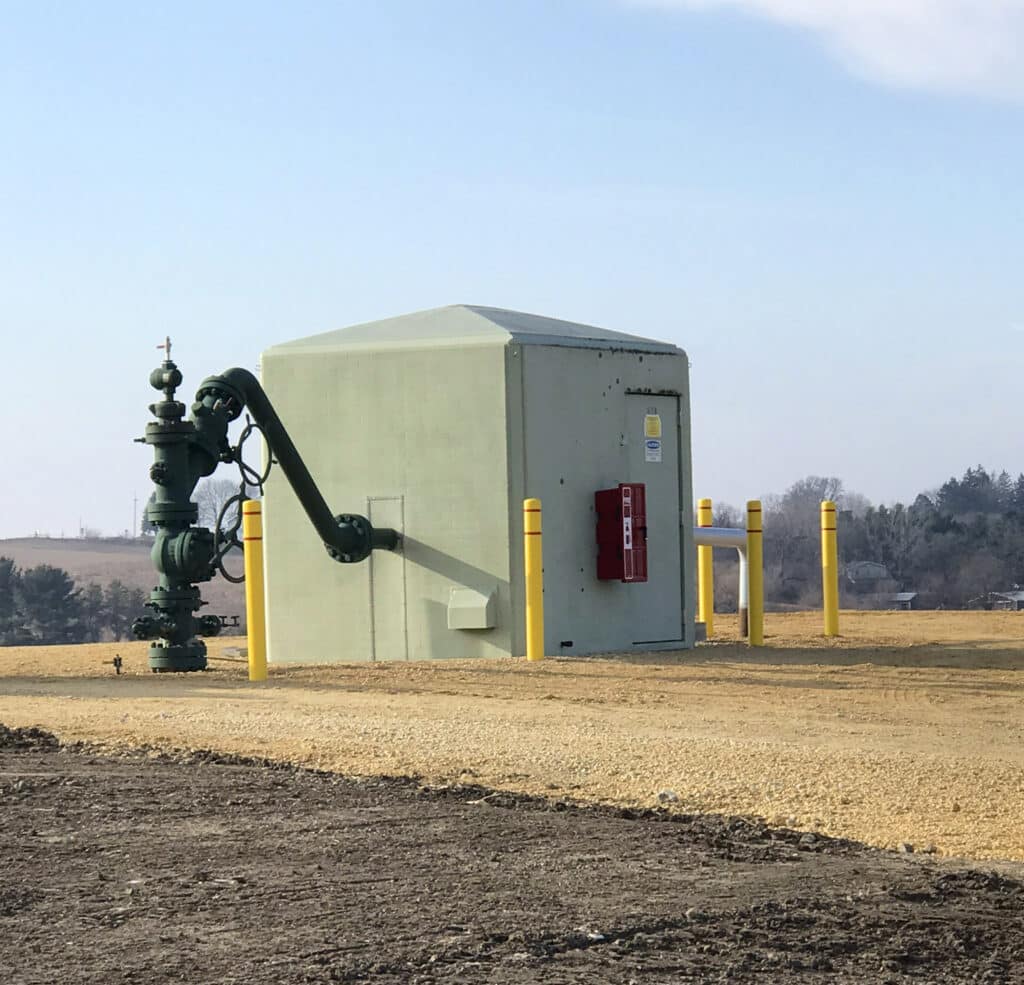
For years, fiberglass reinforced plastic (FRP) enclosures were the industry standard for safeguarding equipment in demanding environments. Their reputation for corrosion resistance and durability made them a popular choice—especially in outdoor and industrial settings.
But technology evolves—and so do expectations.
Today’s metal enclosures are redefining what it means to protect critical infrastructure. Thanks to cutting-edge engineering, advanced protective coatings, and smarter structural designs, modern metal buildings now offer unmatched durability, greater design flexibility, and streamlined maintenance. These advantages are proving to be game-changers across industries.
Many organizations initially turned to FRP believing it would outperform metal in harsh conditions. However, real-world performance is telling a different story. Metal enclosures are not only standing up to the same challenges—they’re often exceeding expectations in key areas like longevity, adaptability, and cost-efficiency.
In short, metal has caught up—and surpassed—FRP.
If you’re evaluating enclosure solutions for your next project, it’s time to consider the benefits of modern metal. It’s not just a shift in material—it’s a smarter investment in performance, reliability, and future-ready design.

As industrial companies face the challenges of aging fiberglass enclosures, many are making the shift to custom metal buildings—solutions that not only resolve these issues but also deliver enhanced durability, flexibility, and long-term value.

Unlike mold-dependent FRP buildings, metal enclosures can be manufactured in virtually any size or configuration. This flexibility allows for custom designs like L-shaped structures that consolidate multiple functions into a single structure. The ability to create custom-engineered solutions optimizes space and requires less total ground area than multiple standard-sized buildings.

Modern metal enclosures feature durable coatings that provide excellent corrosion resistance comparable to FRP in most applications. With steel cage structures supporting the panels, metal buildings offer superior strength and long-term structural integrity.
Another benefit of metal as a fiberglass enclosure alternative is the ability to easily repair panels. Should a panel become damaged, it’s easy to replace without compromising the entire structure. This modular design approach helps reduce maintenance costs and extend the life of the enclosure.

Unlike FRP (Fiber Reinforced Plastic) enclosures, metal enclosures are built with an internal steel framework that provides superior structural integrity and mounting flexibility. This robust framework enables facilities to securely attach equipment to walls, ceilings, or virtually any surface, accommodating a wide range of operational needs. The ability to integrate equipment both during the initial design phase and after installation offers significant advantages in terms of adaptability and long-term usability. By allowing components to be mounted off the floor, metal enclosures help maintain a clean and organized workspace, reduce clutter, and optimize the use of available space throughout the lifecycle of the enclosure. This not only enhances safety and accessibility but also supports future upgrades or reconfigurations without requiring major structural changes.

Unlike FRP buildings that require time-consuming mold processes for each unit, metal enclosures can be produced on parallel production lines, allowing manufacturers to handle multiple projects simultaneously. This parallel production capability significantly reduces lead times and is especially beneficial for large deployments or time-sensitive projects.

FRP vs. steel buildings also differ when it comes to cost. While the initial cost of FRP buildings may seem comparable to steel, the total cost of ownership for metal enclosures is typically lower when considering maintenance, modifications, and potential replacements. Modern metal enclosures also offer comparable warranties to FRP buildings, with many manufacturers providing 20-year panel warranties.
While FRP enclosures provide valuable protection in highly corrosive environments such as wastewater treatment facilities and chemical processing plants, their limitations become more evident in standard industrial applications.

FRP enclosures are manufactured using molds, which limits them to specific standard sizes. These standard sizes become challenging when companies need custom dimensions or want to combine multiple units. While manufacturers can join two molds together, this approach creates additional points of potential failure at the seams.

One of the most significant challenges with FRP buildings is that they can’t be easily repaired or modified once installed. When damage occurs, it’s nearly impossible to find fiberglass repair companies. Even simple but necessary changes like attaching equipment to walls becomes problematic unless reinforcements were included during the initial design phase.

Another challenge with fiberglass enclosures is that they don’t allow for the secure attachment of equipment to walls or ceilings. Unless specifically designed with reinforcements, attempting to mount equipment to the structure can damage its integrity, creating cracks and vulnerabilities that can lead to moisture intrusion and equipment damage.

Over time, fiberglass enclosures tend to chalk and fade, which can dramatically impact their appearance. While the visible deterioration may seem like a minor concern, the discoloration not only looks unprofessional but can create a negative impression for visitors and stakeholders who see the buildings.

FRP buildings are more brittle then metal, meaning they’re more prone to cracking, especially as they age. "Once that fiberglass cracks, that allows for moisture to then get inside the wall and then it becomes just a water filled structure that deteriorates very quickly," explains Enclosure Specialist at RDI Enclosures with over 20 years of experience in the FRP industry.
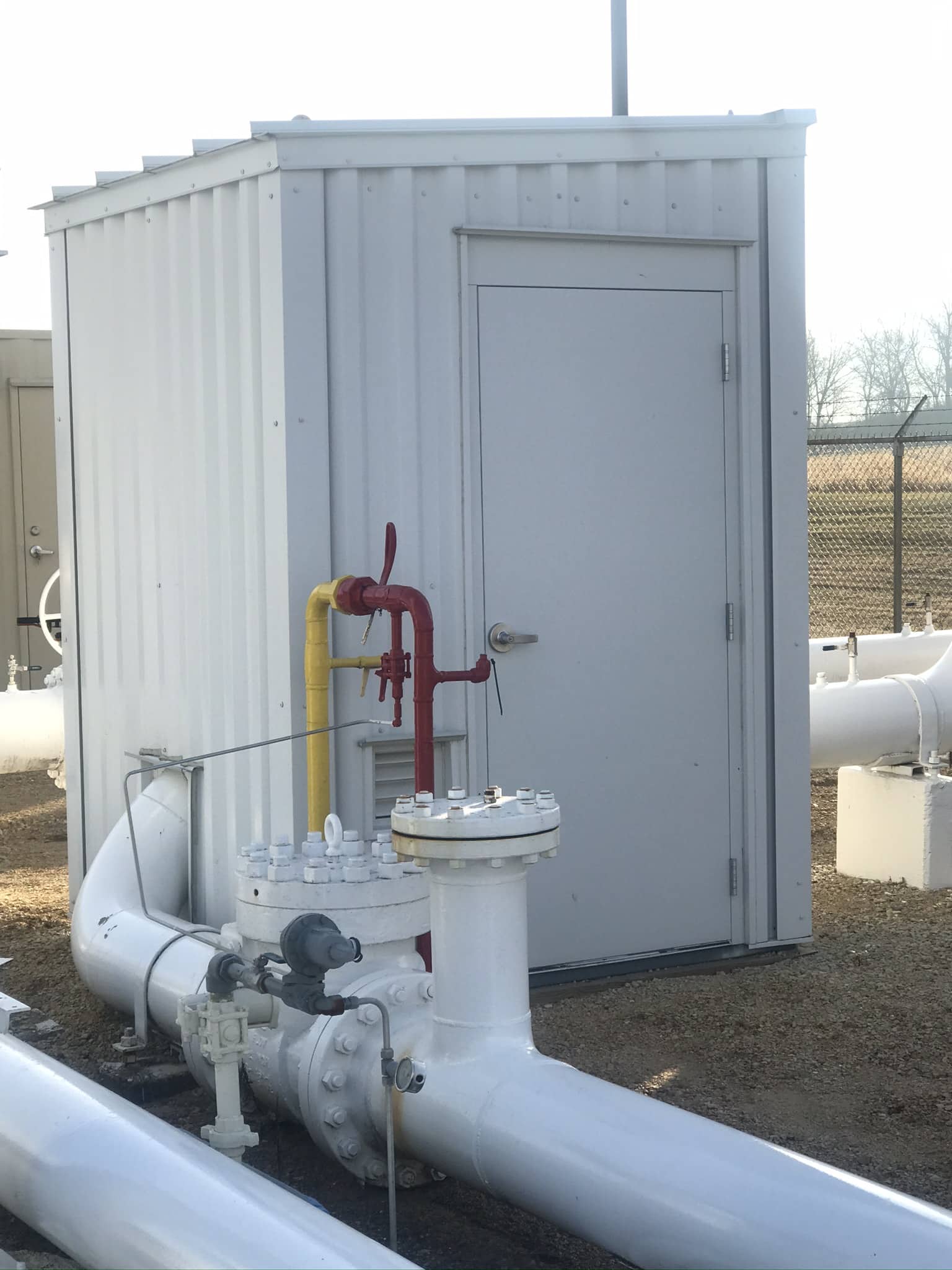
For decades, a major utility provider in Illinois relied on fiberglass-reinforced plastic (FRP) buildings to safeguard critical valves and equipment at its natural gas storage facilities. These enclosures played a vital role in protecting infrastructure from freezing temperatures and harsh environmental conditions.
However, as the FRP structures aged, the company faced increasing challenges—including cracking, door deterioration, and limited flexibility for equipment upgrades. These issues prompted a search for a more durable and adaptable solution.
The transition to metal enclosures delivered immediate and measurable benefits:
As a result of these improvements, the utility company has now standardized metal enclosures for all new installations and replacements. Their decision was driven by enhanced adaptability, improved serviceability, and greater long-term value.
While FRP (Fiberglass Reinforced Plastic) enclosures are ideal for environments with extreme corrosion risks, metal enclosures often deliver superior performance, flexibility, and long-term value across a wide range of industrial settings.
When comparing FRP and steel structures, consider the following key factors to determine the best fit for your project:
Customization Requirements
If your application demands non-standard dimensions or integrated components, metal enclosures offer greater design flexibility and customization options.
On-Site Modifications
For projects where pipe placements or equipment specifications may evolve, metal structures provide the adaptability needed for efficient field adjustments.
Lifecycle and Maintenance
Look beyond initial installation costs. Metal enclosures typically offer lower total lifecycle expenses due to their durability and ease of repair or modification.
Equipment Integration
Applications requiring wall- or ceiling-mounted equipment benefit from the structural reinforcement and load-bearing capacity of metal enclosures.
Production Efficiency
When speed and scalability matter—such as projects requiring multiple units or fast turnaround—metal enclosures support streamlined manufacturing and delivery timelines.
By evaluating these considerations in the context of your specific needs, you can confidently select the enclosure solution that offers the best combination of durability, adaptability, and long-term value.
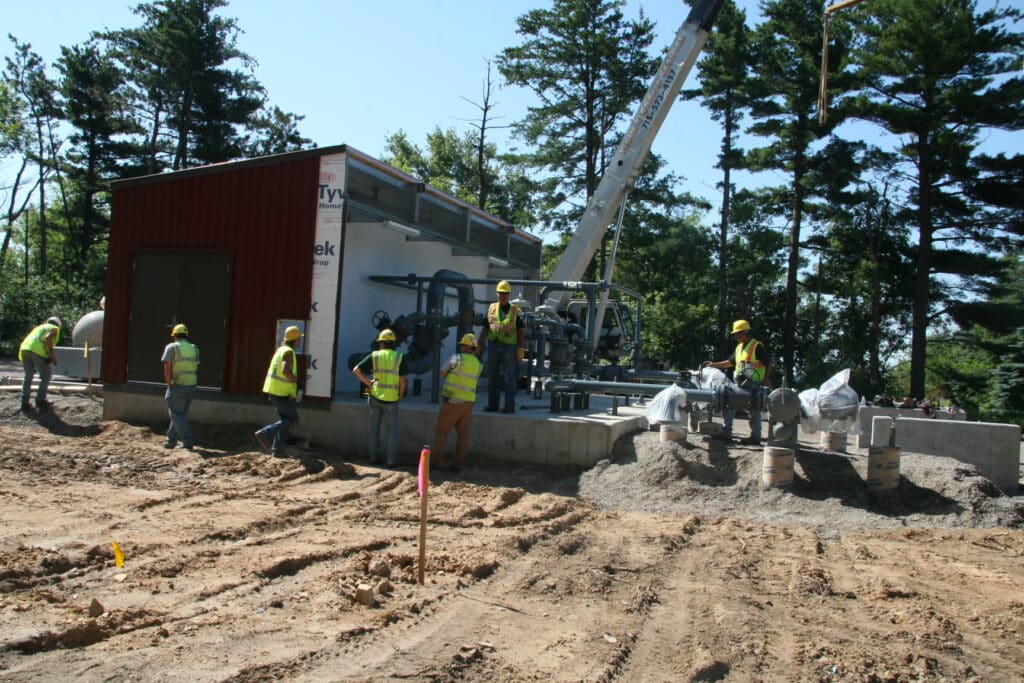
Looking to replace aging FRP buildings or planning new equipment protection infrastructure?
RDI Enclosures is your trusted partner for custom-engineered metal solutions tailored to your exact needs.
With decades of experience in both FRP and metal enclosure applications, our team delivers expert insights and innovative strategies to ensure your equipment is protected with precision and durability.
